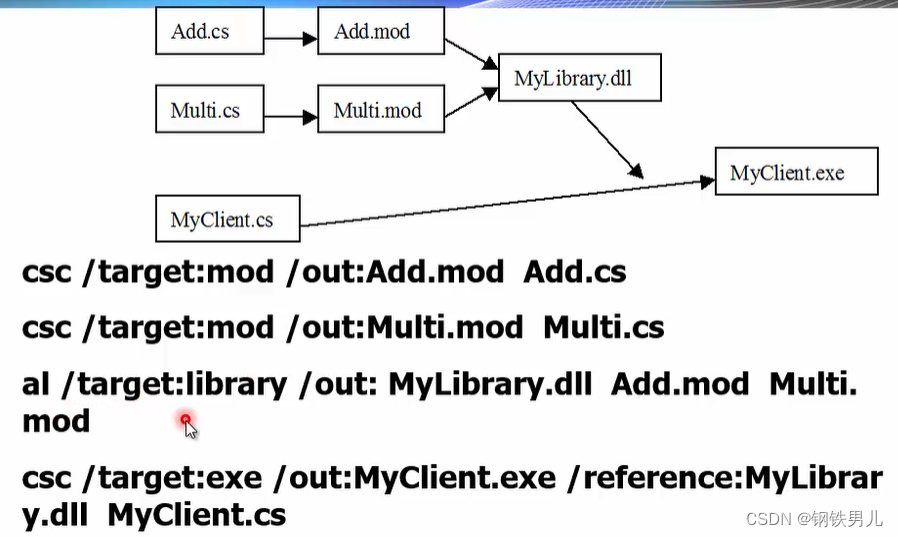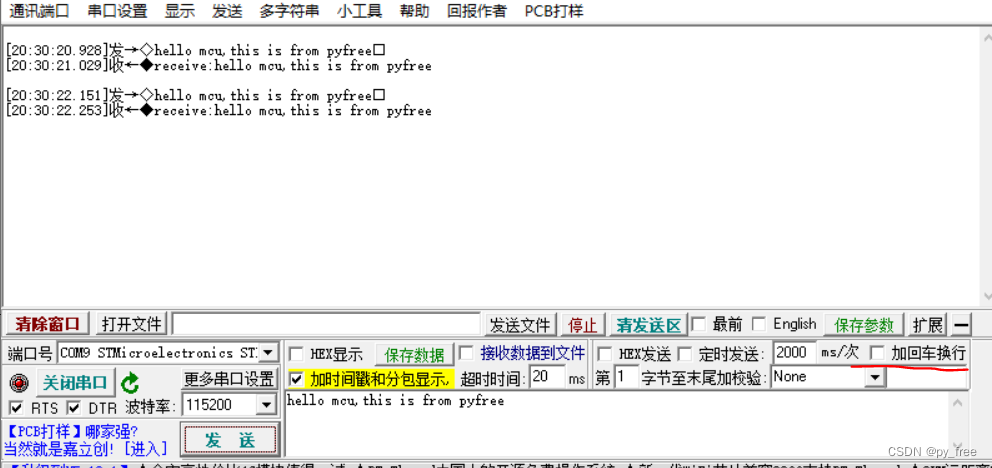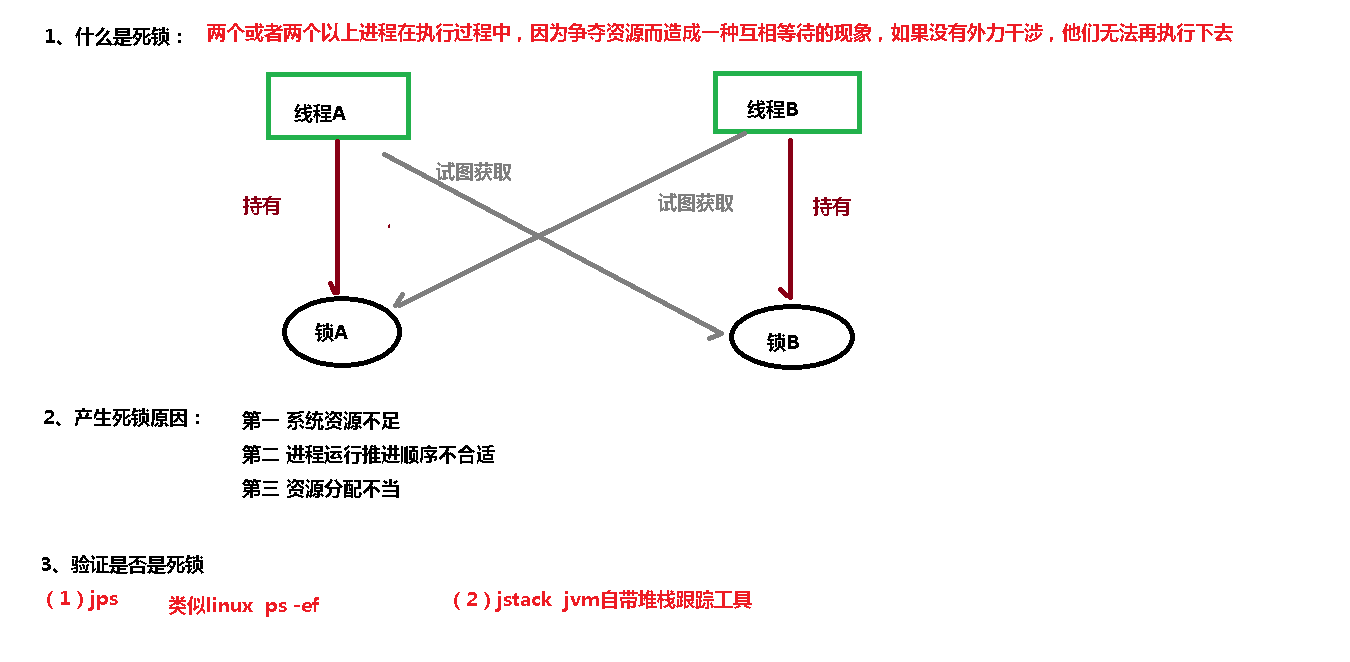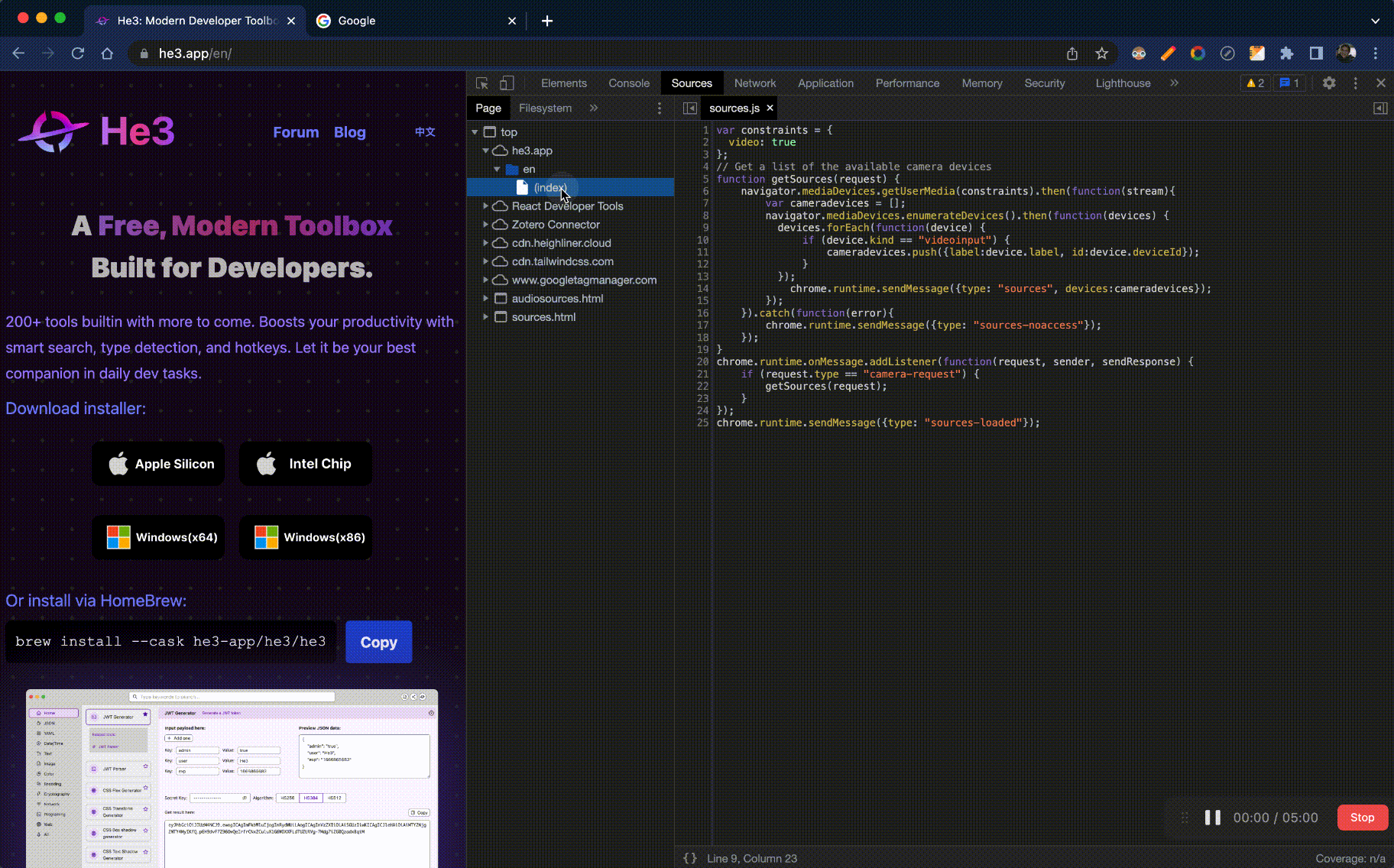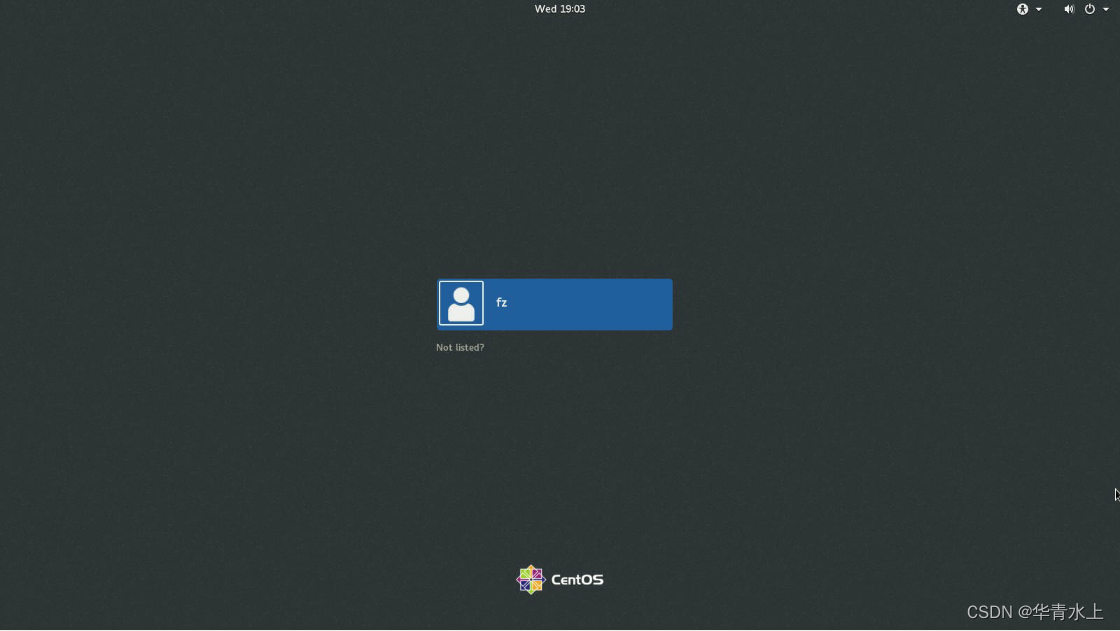Python 中如何使用pybind11调用C++
- 1. pybind11简介与环境安装
- 2. 求和函数
- 3. STL和python内建数据类型的对应关系
- 3.1 **返回vector**
- 3.2 **返回struct**
- 4. pybind11与numpy图像数据接口和速度对比:以图像rgb转化为gray的例子
Reference:
- 混合编程:如何用pybind11调用C++
- pybind11 — Seamless operability between C++11 and Python(这个官方文档更清晰)
- Ubuntu pybind11教程
在实际开发过程中,免不了涉及到混合编程,比如,对于python这种脚本语言,性能还是有限的,在一些对性能要求高的情景下面,还是需要使用c/c++来完成。那怎样做呢?我们能使用pybind11作为桥梁,pybind11的优点是对C++ 11支持很好,API比较简单,现在我们就简单记下Pybind11的入门操作。
1. pybind11简介与环境安装
Pybind11 是一个轻量级只包含头文件的库,用于 Python 和 C++ 之间接口转换,可以为现有的 C++ 代码创建 Python 接口绑定。Pybind11 通过 C++ 编译时的自省来推断类型信息,来最大程度地减少传统拓展 Python 模块时繁杂的样板代码, 已经实现了 STL 数据结构、智能指针、类、函数重载、实例方法等到Python的转换,其中函数可以接收和返回自定义数据类型的值、指针或引用。
直接使用pip安装
pip3 install pybind11
由于pybind11依赖于pytest,所以在安装前需要先把pytest给安装上
pip3 install pytest
2. 求和函数
首先,我们编写一个C++源文件,命名为example.cpp。
// pybind11 头文件和命名空间
#include <pybind11/pybind11.h>
namespace py = pybind11;
int add(int i, int j)
{
return i + j;
}
PYBIND11_MODULE(example, m)
{
// 可选,说明这个模块是做什么的
m.doc() = "pybind11 example plugin";
//def("给python调用方法名", &实际操作的函数, "函数功能说明",默认参数). 其中函数功能说明为可选
m.def("add", &add, "A function which adds two numbers", py::arg("i")=1, py::arg("j")=2);
}
PYBIND11_MODULE()宏函数将会创建一个函数,在由Python发起import语句时该函数将会被调用。模块名字“example”,由宏的第一个参数指定(千万不能出现引号)。第二个参数"m",定义了一个py::module的变量。函数py::module::def()生成绑定代码,将add()函数暴露给Python。(py::module::def()的最后两个参数:py::arg(“i”)=1, py::arg(“j”)=2,是给函数添加默认值的)
我们使用CMake进行编译。首先写一个CMakeLists.txt。
cmake_minimum_required(VERSION 3.1)
project(example)
add_subdirectory(pybind11)
pybind11_add_module(example example.cpp)
就是CMakeList.txt和example.cpp放在一个目录下面。
cmake .
make
会生成example.cpython-36m-x86_64-linux-gnu.so文件。
这个文件就是python可以调用的文件。还是在相同目录下运行python,进入python命令行
import example
example.add(3, 4)
[out]: 7
更推荐的用法是:
import os,sys
sys.path.append(os.path.join(os.path.dirname(__file__), '..'))
from lib import example
if __name__ == "__main__":
output = example.add()
print(output)
3. STL和python内建数据类型的对应关系
在使用python编程时,常使用内建容器作为函数的参数和返回值,python语言的这种特性使我们的程序变得非常灵活和易于理解。那么在使用pybind11封装C++实现的函数的时候,如何保留这一特性呢?下面介绍pybind11实现list和dict作为参数及返回值的方法。
| C++ STL | Python |
|---|---|
| std::vector | list |
| std::array | list |
| std::map | dict |
| std::set | set |
3.1 返回vector
//文件名:func.cpp
#include "func.h"
vector<long> list_square(vector<long> &in_list, vector<long>& out_list){
vector<long>::iterator iter;
for(iter = in_list.begin(); iter != in_list.end(); iter++){
out_list.push_back(*iter * *iter);
}
return out_list;
}
map<string, long> dict_square(map<string, long>& in_dict, map<string, long>& out_dict){
map<string, long>::iterator iter;
iter = in_dict.begin();
while(iter != in_dict.end()){
out_dict.insert({iter->first, iter->second * iter->second});
iter++;
}
return out_dict;
}
- 写pybind11封装函数
//文件名:func_wrapper.cpp
#include <pybind11/pybind11.h>
#include<pybind11/stl.h>
#include "func.h"
PYBIND11_MODULE(square, m){
m.doc() = "Square the members of the container";
m.def("list_square", &list_square);
m.def("dict_square", &dict_square);
}
3.2 返回struct
#include <pybind11/pybind11.h>
#include <iostream>
struct Foo {
std::string a;
};
void show(Foo f) {
std::cout << f.a << std::endl;
}
namespace py = pybind11;
PYBIND11_PLUGIN(example) {
py::module m("example", "pybind11 example plugin");
m.def("show", &show, "Prints a");
py::class_<Foo>(m, "Foo")
.def_readwrite("a", &Foo::a);
return m.ptr();
}
- 写pybind11封装函数
import sys
sys.path.append(".")
import example
b = example.Foo
b.a = "Hello"
example.show(b)
4. pybind11与numpy图像数据接口和速度对比:以图像rgb转化为gray的例子
- 编写pybind11的C++代码:
#include<iostream>
#include<pybind11/pybind11.h>
#include<pybind11/numpy.h>
namespace py=pybind11;
py::array_t<double> rgb_to_gray(py::array_t<unsigned char>& img_rgb)
{
if(img_rgb.ndim()!=3)
{
throw std::runtime_error("RGB image must has 3 channels!");
}
py::array_t<unsigned char> img_gray=py::array_t<unsigned char>(img_rgb.shape()[0]*img_rgb.shape()[1]);
img_gray.resize({img_rgb.shape()[0],img_rgb.shape()[1]});
auto rgb=img_rgb.unchecked<3>();
auto gray=img_gray.mutable_unchecked<2>();
for(int i=0;i<img_rgb.shape()[0];i++)
{
for(int j=0;j<img_rgb.shape()[1];j++)
{
auto R=rgb(i,j,0);
auto G=rgb(i,j,1);
auto B=rgb(i,j,2);
auto GRAY=(R*30+G*59+B*11+50)/100;
gray(i,j)=static_cast<unsigned char>(GRAY);
}
}
return img_gray;
}
PYBIND11_MODULE(example,m)
{
m.doc()="simple demo";
m.def("rgb_to_gray",&rgb_to_gray);
}
- 编写CMakeList.txt:
cmake_minimum_required(VERSION 3.1)
project(example)
add_subdirectory(pybind11)
pybind11_add_module(example example.cpp)
- 与rgb换成gray的python代码速度和cv2自带的cv2.cvtColor(img_rgb, cv2.COLOR_BGR2GRAY)对比:
a. python代码
import cv2
import time
import numpy as np
def rgb_to_gray(img_rgb):
if img_rgb.shape[2]!=3:
print('image channels is 3')
h,w,c=img_rgb.shape
gray=np.zeros(shape=(h,w),dtype=np.uint8)
for i in range(h):
for j in range(w):
R=img_rgb[i,j,0]
G=img_rgb[i,j,1]
B=img_rgb[i,j,2]
GRAY=(R*30+G*59+B*11+50)/100
gray[i,j]=np.uint8(GRAY)
return gray
b. 对比pybind11 c++的速度:
import cv2
import example
import time
import numpy as np
def rgb_to_gray(img_rgb):
if img_rgb.shape[2]!=3:
print('image channels is 3')
h,w,c=img_rgb.shape
gray=np.zeros(shape=(h,w),dtype=np.uint8)
for i in range(h):
for j in range(w):
R=img_rgb[i,j,0]
G=img_rgb[i,j,1]
B=img_rgb[i,j,2]
GRAY=(R*30+G*59+B*11+50)/100
gray[i,j]=np.uint8(GRAY)
return gray
img_rgb=cv2.imread("lena.png")
for i in range(1000):
t1=time.clock()
rgb_to_gray(img_rgb)
t2=time.clock()
print("python time:{}/s".format(t2-t1))
print("...................................")
t1=time.clock()
example.rgb_to_gray(img_rgb)
t2=time.clock()
print("pybind11 time:{}/s".format(t2-t1))
print("...................................")
t1=time.clock()
cv2.cvtColor(img_rgb, cv2.COLOR_BGR2GRAY)
t2=time.clock()
print("cv2.cvtColor time:{}/s".format(t2-t1))
print("...................................")
c. 结果和分析:

分析,用python直接写的速度最慢,cv2自带的函数最快,结论,像素级别的操作,能用cv2自带的函数就用,如果cv2没有,那就用pybind11编写c++代码转换为python API接口,像素级别的处理,python太慢了,根本原因是python的for效率太低了。
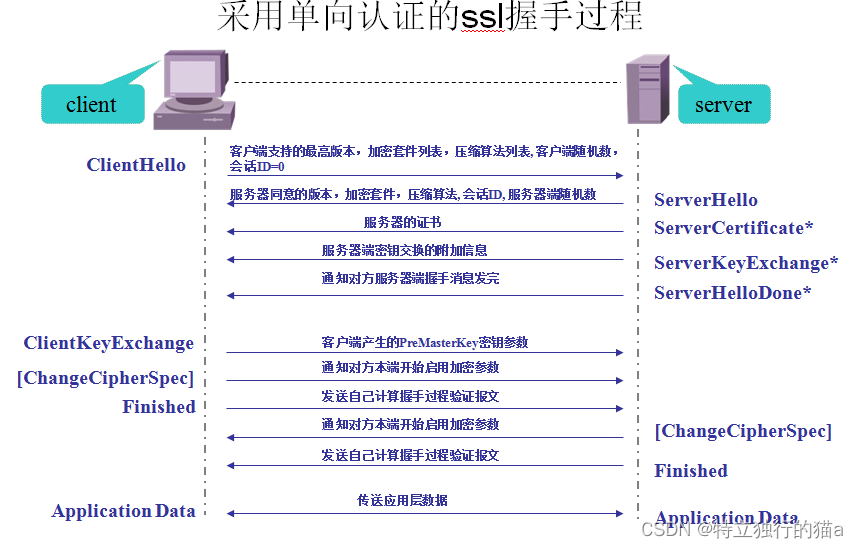






![[附源码]Nodejs计算机毕业设计基于web技术的米其林轮胎管理系统Express(程序+LW)](https://img-blog.csdnimg.cn/6efdff7c0e0940d0aac0f050ebd28860.png)
